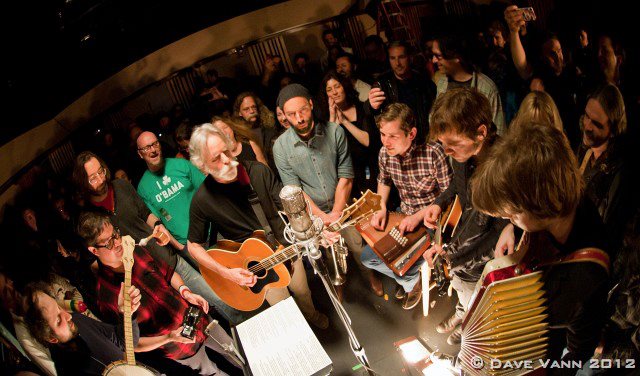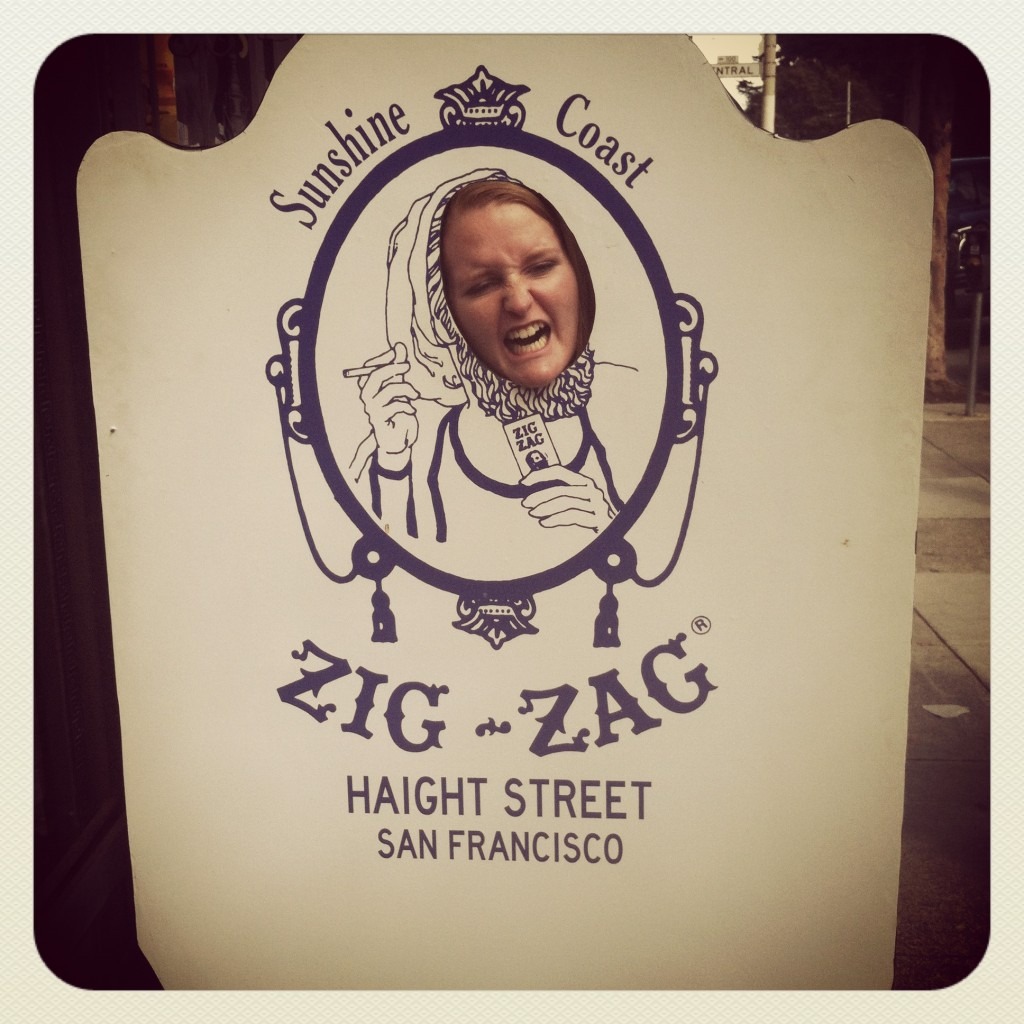How can I even begin to explain what attending The Bridge Session was like for me? For context, I'm a 21-year old New Yorker and a HeadCount staffer; I was raised by a DeadHead and have been a longtime fan of The National. To be present as a musical legend and the Brooklyn indie elite united to promote progress was incredible. I guess you can say that like any proper jam, The Bridge Session moved me in stages: From brainstorming meetings in the HeadCount office, to Brooklyn rehearsals, to my first steps (ever!) in the state of California, and finally to the futuristic TRI Studios for the big event – I might have to start accepting that my life has officially peaked.
I don’t think that any of us here at HeadCount could have understood until the night of March 24th, the magnitude of this event. But for me, it was the Brooklyn rehearsal that set everything into gear. In early March, I ventured out to Josh Kaufman’s (Musical Director, Yellowbirds) tiny space in DUMBO to see the timid beginnings of plaid wearing indie rockers taking on the songs of one of the most influential musicians of our time. Obviously it’s okay to be a Weir wannabe in the privacy of your own home, but to play his songs, in his studio, with him? To say that I would be shaking in my boots would be an f-ing understatement. And just when I thought the soft spoken young guys just might be out of their league – Friend of the Devil slapped me in the face with a blatant message: the boys were really planning to stir things up in the world of jam.
Fast forward through sleepless nights, endless hours of preparation and anticipation. There I was, racing down 101 to SFO to pick-up Aaron Dessner, member and primary music writer for The National. Having been in California for, oh, all of 24 hours, I felt like I knew the place like the back of my hand (as any proper New Yorker would). So let’s just say that the 40 minutes after leaving the airport were a “scenic detour”. I would have been more embarrassed for killing Dessner’s valuable rehearsal time if it didn’t prove to be a fascinating view into the creation of The National. The two sets of brothers, Scott & Bryan Devendorf and Aaron & Bryce Dessner, were teens that were on the same basketball team. (If you guessed that 6'4" Bryan was center… you’d be right.) As teenagers, the boys would sit down to jam and, often, they would be playing Grateful Dead songs.
I’m not sure I will ever fully understand what it must feel like, as a musician, to meet one of your musical heroes. But I can say that as Weir’s voice broke through TRI Studios during the first rehearsal, it was no surprise when the Brooklyn crew broke out in ear-to-ear grins: Yes, this is really happening. From that moment on, observing the crew of talented musicians was an inspiring example of working together to create something new, something that works. Whether it was Weir teaching the crew how to jam in Help on the Way or Kaufman suggesting a change of key (which Bobby said he actually preferred,) this is what collaboration looks like.
 Bob Weir told Yahoo! Music, “I was surprised by how many instruments in the ensemble we could get music out of. Usually that many instruments in an ensemble and everybody’s playing all the time it gets to be too thick…but these guys are good at leaving room for music to happen.” From the moment the band started playing at the live event, shock rang throughout the studio. The jam veteran and the young indie rockers sounded good. Scratch that. They sounded incredible. The sets were filled with energy, perfectly blended into the best of both worlds presented. Kyle Resnick’s trumpet made Dead songs feel like there has always been something missing. Bob’s voice belting out National tunes welcomed the songs into the jam universe with opened arms. If I had the words to pay proper homage to the encore I would attempt do so now, but I will surely fail. It was a revolutionary moment for music – and that’s all I’m going to say about that.
Bob Weir told Yahoo! Music, “I was surprised by how many instruments in the ensemble we could get music out of. Usually that many instruments in an ensemble and everybody’s playing all the time it gets to be too thick…but these guys are good at leaving room for music to happen.” From the moment the band started playing at the live event, shock rang throughout the studio. The jam veteran and the young indie rockers sounded good. Scratch that. They sounded incredible. The sets were filled with energy, perfectly blended into the best of both worlds presented. Kyle Resnick’s trumpet made Dead songs feel like there has always been something missing. Bob’s voice belting out National tunes welcomed the songs into the jam universe with opened arms. If I had the words to pay proper homage to the encore I would attempt do so now, but I will surely fail. It was a revolutionary moment for music – and that’s all I’m going to say about that.
Who could have said what it would be like, mixing Bob Weir with members of The National and other Brooklyn musicians? It was an unknown, but now viewers have been lucky enough to experience it. The final piece of this rockin’ event? Realizing that music and politics really can stand side by side. The panel discussion, moderated by HeadCount's Executive Director Andy Bernstein, and consisting of Buddy Roemer, Mark McKinnon, John Perry Barlow, Jessy Tolkan and Bob Weir, was the cherry on top of a perfect evening. As questions on personal liberty, money in politics and women’s rights hit the panelists, there was one thing they could agree on: the importance of young people exercising their right to vote.
A TRI staffer, when talking about something completely unrelated, said something that sort of had me thinking throughout the event: even a broken clock is still right two times a day. One could argue that our election system is broken, maybe even our nation, but the event was a reminder that magical things can happen when people work together toward a common goal.
“Thanks” seems inadequate, but to all of the artists that continue to work with HeadCount to promote civic participation and engagement: THANK YOU! Thank you for continuing to inspire change through art. Thank you for encouraging your fans to vote. Thank you for effectively working with HeadCount, and with each other, to create a culture that values collaboration and creating something beautiful.
And of course, a special thanks to Bobby, Scott, Bryan, Aaron, Thomas, Kyle, Walt, Conrad, Sam, Josh, Marc and everyone at TRI Studios. Maybe you can tell, being a part of this event really affected me and got me thinking. Mission accomplished, yeah?
